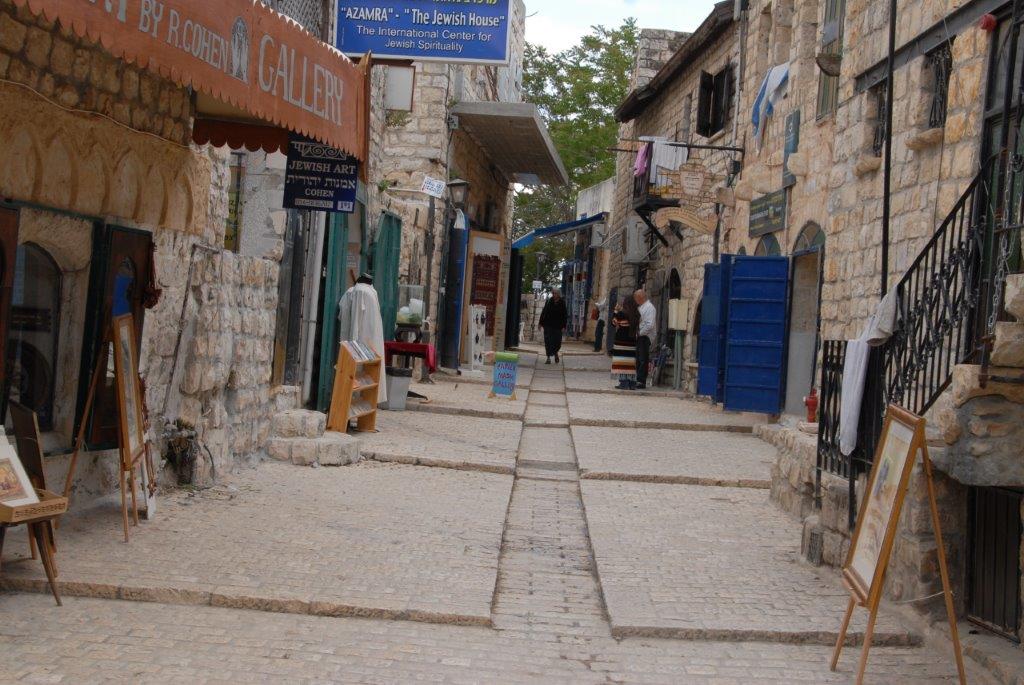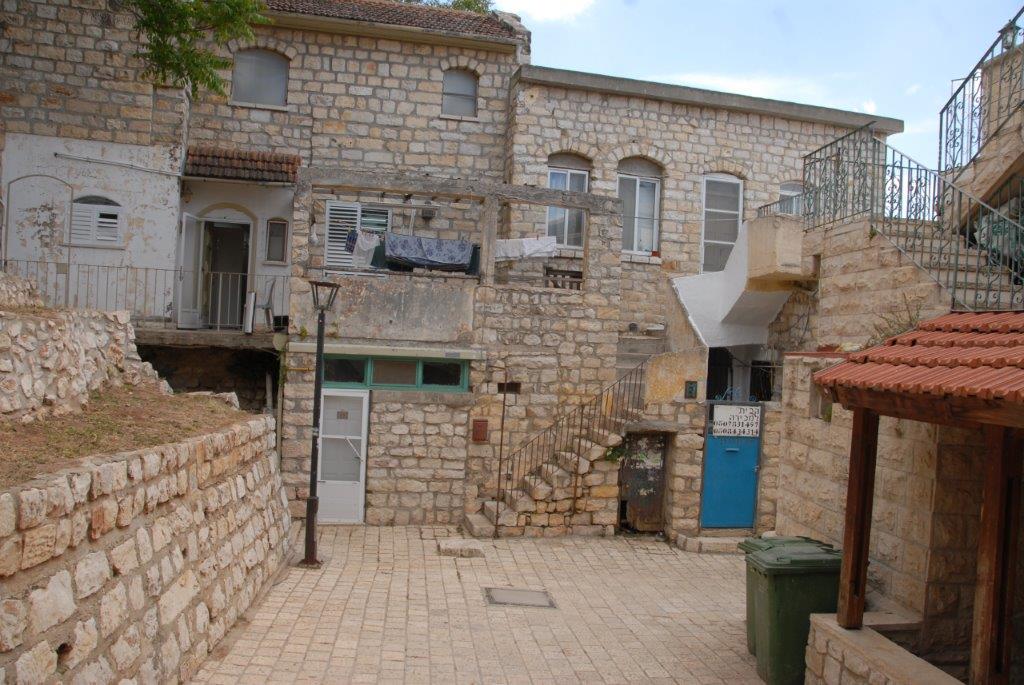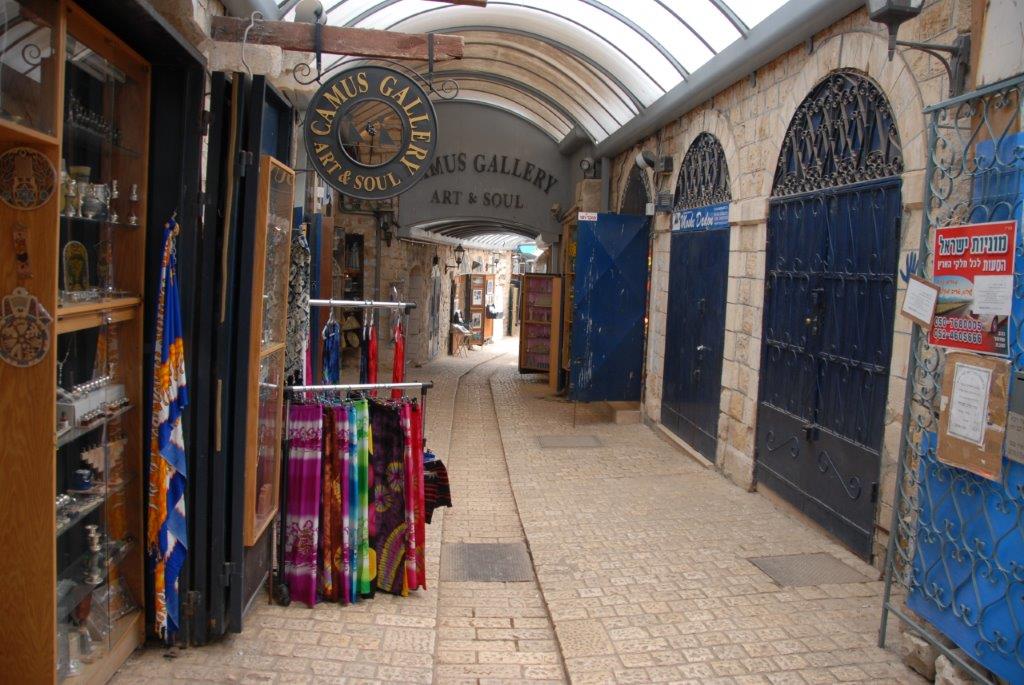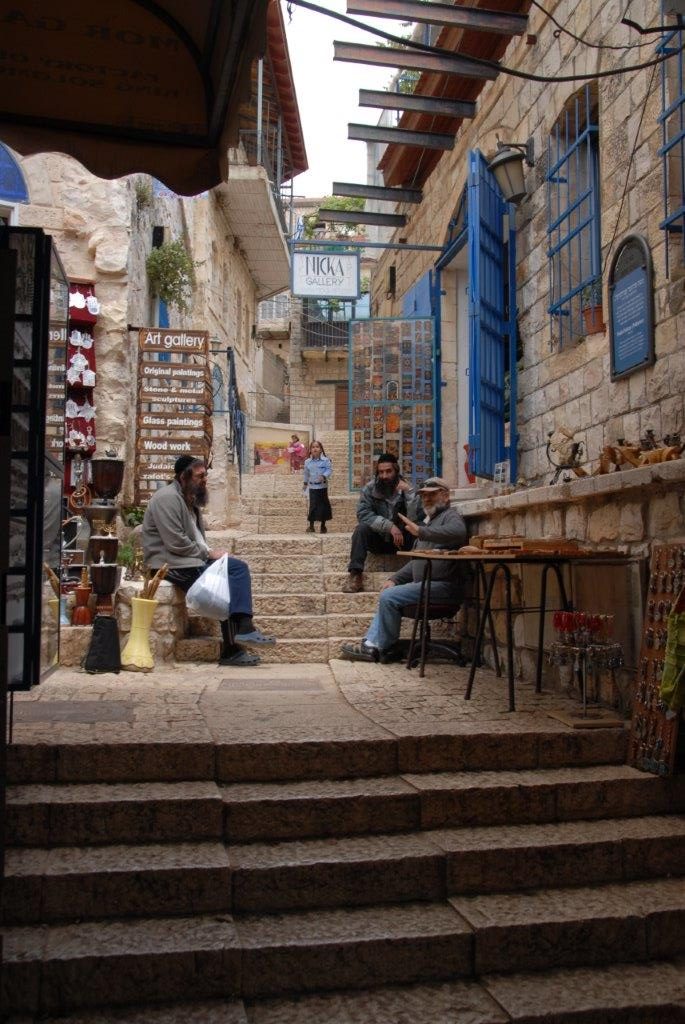ADMINISTRATION
Under Ottoman rule, Tzfat again became a district capital (sanjak), one of a group of districts in the province of Damascus. Its boundaries stretched from the Litani River in the North to the Jordan River in the East and down to the Jezreel Valley in the South. The administrative seat of power was based in Tzfat and the governor was known as the Sanjal Bey.
In many aspects of daily life, the Jews were allowed a large degree of independence. A case in point was the “Jewish Kahn” which the Ottoman authorities permitted the Jews to build in order to protect themselves and their property. The fortress, dubbed the “Kahn El Basha”, was built in 1568 to store the raw materials imported for the wool industry and to provide a permanent home for 500 people. In times of crisis, it could provide shelter for many more.
From the numerous different sources relating to Tzfat in the 16th century, we learn that the Jewish population constituted half of the total number of inhabitants; in the 17th century, the proportion was even higher. Tzfat was the only town to reach a majority of Jewish citizens until the advent of Zionist immigration. Moreover, the absolute number of Jews in Tzfat was higher than in any other town in Eretz Israel until the 19th century. At its peak the Jewish population of Tzfat reached 15,000.

ORGANIZATION
There were four main ethnic groups: Spanish, Musta’arvi, Italian and Ashkenazi. Each congregation had its own institutions – synagogues, schools, courts and burial societies – and was headed by spiritual leader who also presided over the rabbinical court. The congregations had extremely diverse characteristics and traditions. The Musra’arvim prided themselves on their long and continuous presence in this land. The Spaniards delved in the Kabbalah and brought with them a rich cultural heritage from the Golden Age in Spain. The Ashkenazim were characterized by their rigid adherence to a strict social code.
The Spanish congregation was the most dominant in Tzfat. The veteran Musra’arvim had to contend with the great influence wielded by the Spanish congregation leaders. It was not uncommon for them to petition a higher halachic authority in order to solve disputes and power struggles. Tzfat also had a secular leadership, made up mainly of the town’s wealthier citizens, who dealt with matters of taxation and judicial issues with the khadi.





